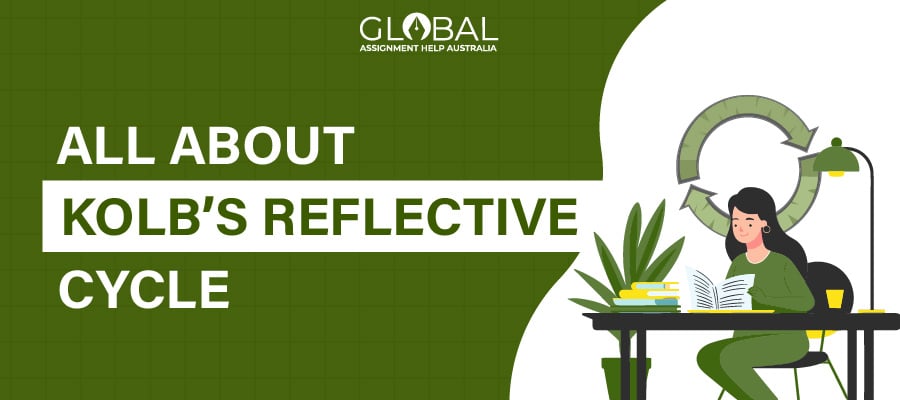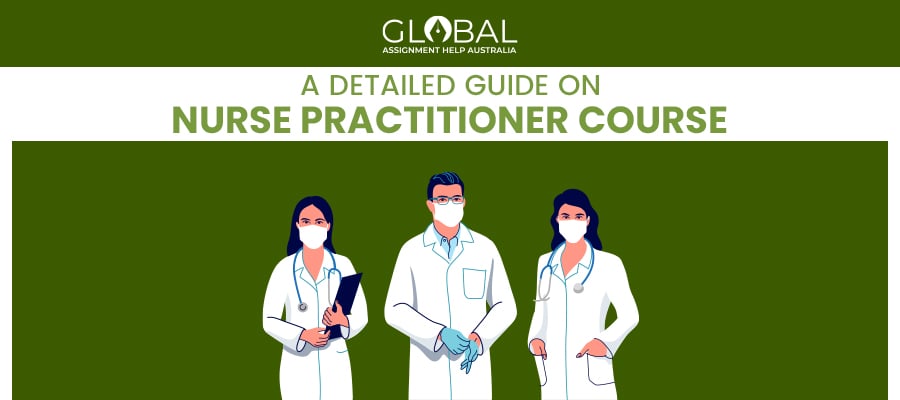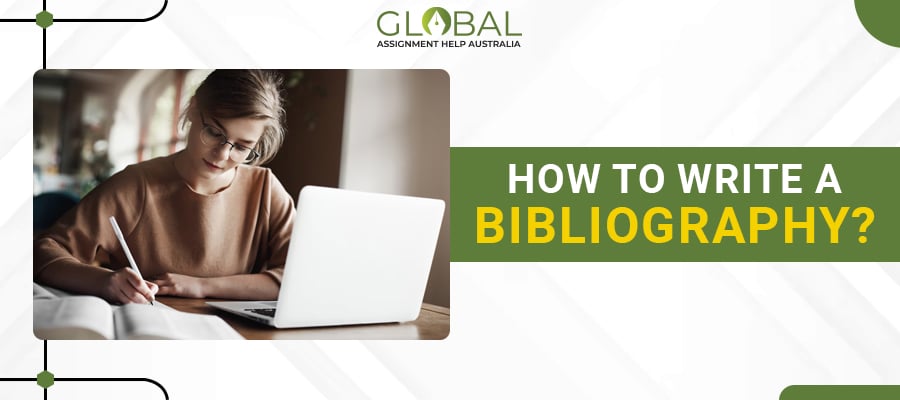 Offers New
Order Now
Offers New
Order Now
What you have read above is called Gibbs' reflective cycle. It helps you study the various ways to understand what an individual feels after these events. Moreover, it assists you in finding an action plan after you study the situation.
However, this includes six stages, but before this, it is crucial to understand the concept in a better way. That helps you grasp insightful knowledge, so you do not remain blank about any area. So, it is time to read a quick overview of Gibbs's reflective cycle and its history.
The term ‘Gibbs' Reflective Cycle’ is a popular model that assists people in analyzing their experience. The primary purpose of Gibbs' model of reflection is to improve their way of thinking to come up with an effective result. Moreover, it is a method that revolves around learning from experience. At that time, it was said to be the best way to consider the past and discover how to deal with difficult situations without becoming alarmed or anxious. Do you know the historical origin of Gibbs' cycle of reflection? Let’s have a glance at it.
It was started in 1988 by Graham R. Gibbs, who introduced this process in his book "Learning by Doing," explaining the experimental learning concept and concluding it with the meaning and history of this model. He was influenced by reading "Experimental Learning" and further published his write-up. It was the brief about it. Now that you have learned and have an idea of the meaning and history of it, it is time to know the crucial stages it includes.
Get Nursing Assignment Help Online!

It is impossible to achieve the results in a process if you do not know the pattern of the phases to follow. The first three stages are regarding what took place during the situation. The final three steps are considering how you can improve your knowledge to face similar situations in the future. Let's quickly look at the 6 stages:
These levels work to investigate and reach a conclusion, but you must know them first. Hence, the following sub-heads will cover these stages to help you understand Gibbs reflective cycle application:
In the initial phase, you have a chance to describe the experience in detail. The main points to provide it the background information and the actual scenario of the incident. So, ensure to give clear, accurate information to facilitate understanding. You might query as follows:
Example: In the evening, my friends and I decided to go out as we just finished the exams. We decided to visit a café and celebrate that we did it, even though the time was not on our side. So, while we enjoyed the fun and chilling environment, other people did the same. After an hour or two, the two groups started a conflict. Soon, it resulted in a bloodied fistfight, forcing us to move out to avoid personal inflict.
In this stage, you need to discuss your feelings, actions, and thoughts that you had during the situation. Never try to evaluate, instead, you should indicate it by recalling your emotions before, at the moment, and after the experience. You can inquire by the following:
Example: The emotions we felt were mixed. First, it was relaxed after finishing the exams. Later, when we went out in the evening, it was exciting. We felt joyful as we were at a café. When the conflict started, we felt scared, as we did not want to come into the crossfire. When we somehow managed to escape with the rest of the crowd, that is when fear was mixed with relief as we made it out without a scratch.
In this stage, you keep a focus on evaluating what worked and what didn't work so well in the incident. Try to be clear and honest while describing. It assists in bringing out a reflection on both aspects, positive and negative. To write an outstanding evaluation section, similar to our nursing assignment help, go with the following questions.
Example: The positive I can mark is that none of us were harmed or caught in the crossfire. We all tried our best to save ourselves and each other. The negative was the plan, which collapsed due to the conflict. Instead of a fun evening, it turned into breaking news as we saw a bloodied fistfight in a calm and peaceful place.
In the analysis stage, you have the best opportunity to make sense of what happened in the situation and what lessons you learned from it. So, firstly, you need to prepare a list of good and bad factors that occurred during the incident. Then, follow up with the queries stated below:
Example: Through the reflection, I learned that the area was not peaceful, as the club we picked to spend the evening was too far from our places. Luckily we came out, but it could have turned into a worse evening. Any of us could be hurt or injured, which is a bad result. The situation ended as we all survived, which made me feel comfortable and relaxed.
In this section, you summarize what happened in the incident. You can conclude it by reflecting on your learning and highlighting what changes you brought into your actions that could enhance the outcome in the future. Ensure that it comes out naturally. The attached questions below will be helpful for you at this stage.
Example: From this entire event, I learned what seems to be a peaceful place is not always the truth. Although everyone is safe, we should be more careful when we are far away from assistance. The lesson I learned is saving each other is a better option to get out of such an event without any damage. Furthermore, I should not stay to see the matter but must reach a safe place before the situation is out of control.
In this stage, you determine what you would do differently in a related incident that can arise in the future. As this is the final action, try to be proactive and outline your plans accordingly. Make the needed changes based on your findings that can assist you in preparing yourself for further situations. Get the helpful questions discussed below:
Example: My first action is to keep the helpline number on standby after reaching a place far from my neighborhood. Moreover, keep an eye on the surroundings to see if a conflict is starting so we can leave quickly.
It is almost impossible to understand the stages without learning Gibbs’ cycle of reflection. Hence, these illustrations must have given you an overall approach to this method. So, if you still want to know more about it, the next section will cover it in a better way.
Hopefully, you have insightful knowledge about how Gibbs’ reflective cycle works now, it is time to bring it into practice to have a better result. If you are still looking for any assistance, seek our experts at Global Assignment Help Australia. They will assist you in elevating your grades. If you yet have a doubt that can our writers provide you with a fantastic write-up, you should not miss out on checking our sample papers. We provide the high-quality document with 100% plagiarism-free documents. Other than this, if you are stuck working on any project, contact us, and get the best assignment help. Now stop worrying over your problems and hire our experts anytime!
You can also like to read:-
Ultimate Guide on Sentence Starters You Must Read
Overview of The Transactional Model of Communication
ROLFE Reflective Model: Its Important Stages and Reference Examples

Here our experts will discuss top 4 social issues and 75+ social issues topics for your essay.

This blog will provide you an exclusive guide on how to become a nurse practitioner by our experts.

This blog is curated with knowledge about the difference between assessment & assignment.
Limited Time Offer
Exclusive Library Membership + FREE Wallet Balance
1 Month Access !
5000 Student Samples
+10,000 Answers by Experts
Get $300 Now
Update your Number
